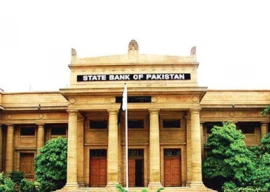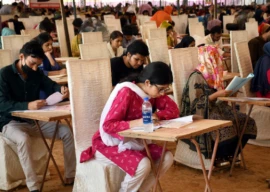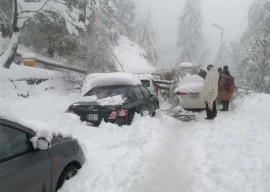
The question is, how – socially, economically and financially – viable is wind energy? And have the authorities put their money in the right farm?
The government set up the Alternative Energy Development Board (AEDB) to deal with the issue, which, many experts complain, has learnt its job mostly through trial and error, costing time and money.
AEDB, especially CEO Arif Alauddin, stands strongly behind its commitment to making wind a significant piece of the energy pie. But is that such a good idea?
Dr Jamil Masud, a director at Hagler Bailly, an energy consultancy firm based in Islamabad says: “Some options appear to be abundant, such as solar and wind, but may not make economic sense at this stage due to the high costs of power delivered, compared with conventional alternatives (Thar coal, large and medium hydro, or imported gas and coal, for example). Some cleaner energy sources, such as small hydro and biomass conversion, may be extremely cost-effective.”
Which is just as well since the government’s sluggish response to the setting up of wind farms along the Gharo coastline is hardly anything to applaud.
The Gharo wind project began around 2006 and land was allotted to 19 promising projects of which 13 submitted their feasibility studies, five were given generation licenses, four secured an energy purchase agreement and one small farm has realised so far. The farm in question is a six megawatt (MW) farm by Turkish energy giant Zorlu Energy, contributing to Hesco.
The original plan was for a multitude of 50 MW farms with a total capacity generation of 9,700 MW by the year 2020. The plan was revised to achieve a more reasonable target of 2,500 MW by 2011. But with the projects still stuck in the pipeline, this goal also seems unachievable.
Campaigns advertising Gharo’s wind power potential of 50,000 MW were used as bait. Director-General Meteorological Department Qamaruz Zaman Chaudhry, however, says: “11,000 MW is the exploitable energy of the Gharo wind corridor.”
Meaning one needs to discount for roads and construction of any kind in the area. The key word is ‘exploitable’ not ‘guaranteed’. Wind blows at a varying velocity all year round so it is very difficult to accurately quantify the amount of power which will be generated. Experts estimate that only 30 per cent of the exploitable energy can be harnessed.
“When you compare wind with other renewable energy (RE) options it is definitely a good choice but to lay one’s sole emphasis on it is a killer strategy,” says A¬rshad H Abbasi from the Sustainable Development Policy Institute.
Still, the National Electric Power Regulatory Authority (Nepra) is keen on wind contributing to the national grid. “Pakistan needs to enhance its energy securities. We must diversify our energy mix and therefore cannot ignore wind as an option with long-term viability,” argues the body’s spokesperson, Syed Shakeer Hussain Shah.
In terms of financial viability, banks seem reluctant to invest despite a sovereign guarantee by the government. Further backing by the Asian Development Bank (ADB) offered as of 2009 gave the project an adrenaline rush but things have slowed down once again.
The ADB along with the European Investment Bank showed willingness to financially (and in the former’s case also technically) support a series of RE projects, up to a total of $2.2 billion, to develop the sector.
The figure seems on the mark as Dr Masud explains: “Pakistan could net $2.1 billion a year by 2020 in terms of such social (economic or avoided cost) benefits by optimising its energy mix to include viable RE resources.”
Thus, wind is definitely viable but in small doses and as part of the energy mix. Wind cannot and will never be the sole answer to the country’s power crisis.
Published in The Express Tribune, August 23rd, 2010.























COMMENTS (2)
Comments are moderated and generally will be posted if they are on-topic and not abusive.
For more information, please see our Comments FAQ